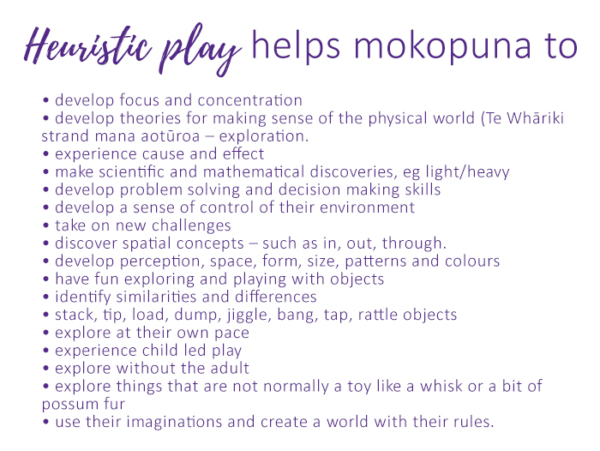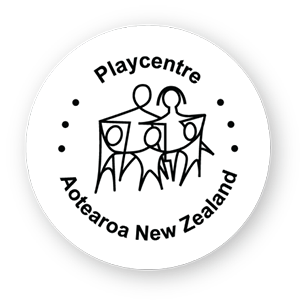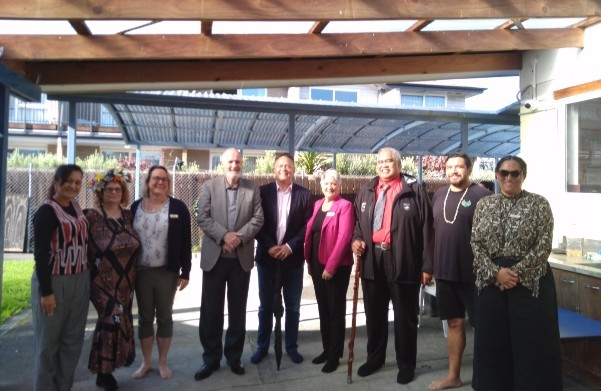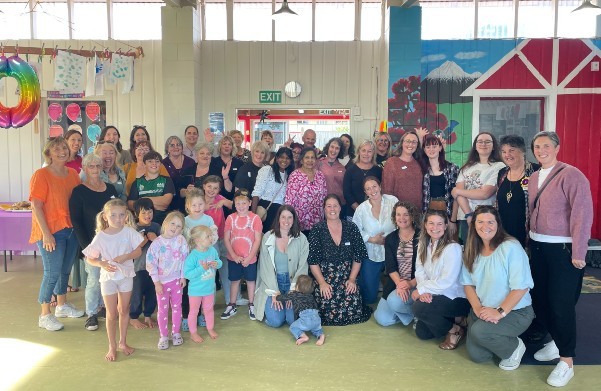Rosalind Potter was surprised at the amount of plastic toys in the world that had limited outcomes.
Inspired by a desire to encourage mokopuna to use their imagination, she created Imagine Box – a heuristic play and educational box full of objects for infants and toddlers to explore. She discusses the
learning theory that is rooted in young children’s natural curiosity.
During early life, a baby is making sense of the world through their senses, allowing discrimination between what is familiar and what is new. Heuristic play refers to the way infants personally select and handle objects in order to construct their own understanding.
The child progresses from the question ‘what is this object like?’ to ‘what else can I do with this?’ Elinor Goldschmied explains that the word heuristic comes from the Greek word ‘heurisko’ which means “serves to discover or reach understanding of”. It is defined as a “system of education under which the pupil is trained to find out things for himself” (Goldschmied and Jackson 1994). Heuristic play is characterised by mokopuna engaging in deeply
absorbing repetitive behaviours and trial and error investigations and was felt to be particularly suited to infants with their newly discovered mobility and independence.
Heuristic play objects are not picked with sensory aspects in mind, but for their availability in quantities that make endless play possible. Heuristic play is the core of a child’s curiosity to explore an object and to discover what
it can do. When you were young do you remember playing with a wooden spoon or a pinecone for ages? If so, then you are already an expert! If not, it’s easy to pick up.
In a world full of plastic and fast paced digital objects, it’s important for your little one to be given the opportunity to discover natural objects in their own time and space, as it enhances their development. Play is how children best make sense of the world. It also gives children a chance to be in control in a world where they have little control over anything else.

Questions to ask yourself as a kaiako:
- Do I have a set way of thinking about how my/the child should play with something?
- Can I let go of this and let the child explore?
- How do I provide reassurance and a sense of safety?
- How can I share in the pleasure and amusement of the child?
- Are there certain things you won’t let your/the child explore because you’re worried about the mess or it’s not a toy?
- Can you challenge yourself to say nothing unless the child asks a question?
- Think of some questions you can ask the child that will encourage their imagination and exploration skills. What could this be, what does it smell/feel/look like?
- What noises can you make with it?
- If you only had three things from these things to play with for a long car ride or a trip to the moon what would you choose and why?
- How many animals can you create?
- If you had to rescue the world what things in this box could you use?
It’s pretty easy to let your bias get in the way of a child’s free play. Quite often without thinking we tell a child to not play with things or correct them of the way they should play with something. So often it’s easy to jump in
with a learned response to something and I quite often challenge myself to just let them go for it, or ask myself what’s the worst thing that can happen here? If the answer is they will hurt themselves badly or someone or
something else, then teaching them about this is important. But I think learning some natural consequences or exploration is important in a safe environment. This gives you a chance to ask some great questions afterwards
and draw out the learning.
How can you set up heuristic play?
1. Present it in a quiet environment away from other toys and distractions.
2. Be present to keep it safe.
3. Sit back and observe and let them be in control.
4. Put it out only a few times a week to keep it a special experience.
5. Add safe kitchen and household items for variety.
6. Change the contents of the box on a regular basis or just keep adding to it, collecting things from places you go is a great way to remember all those adventures you go on.
7. Most of all have fun!
If you’re creating your own here are a few ideas to get you started.
- Use a box or basket that will fit all your contents into it and is safe and practical for your child.
- Your aim is to get a mixture of textures, colours, shapes and sizes. For safety reasons, please ensure the things you collect are age appropriate for your child and safe. Suggested items: wool cones, cardboard rolls, metal chains, brushes, tins, feathers, bamboo cups, egg cups, tea strainers, scarves, wooden blocks.
- Use your common sense while supervising and if any object breaks or cracks discontinue use.
- Every child plays with toys differently due to their development, age, personality or mood. A toy that one child will use safely may not be safe for another. As the parent or caregiver, you are the best judge of where your child’s development is and must take responsibility by removing any object that you perceive as a danger to your child.
- All items should be larger than a film canister, no sharp edges or bits that will break off that could be swallowed.
- I also recommend washing and scrubbing all natural items with a brush in warm water with a natural dishwashing liquid and then giving it a rinse in vinegar.
Where to purchase one from
You can either create your own, purchase an Imagine Box (www.imaginebox.co.nz) or there are a few other small businesses in New Zealand that you can also support.




